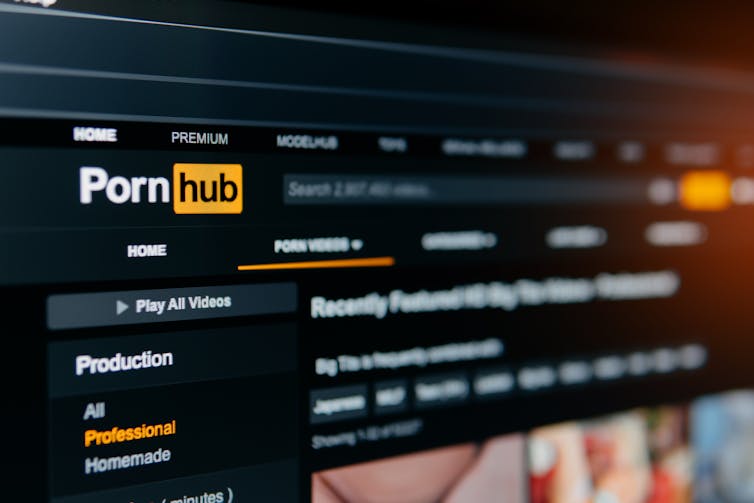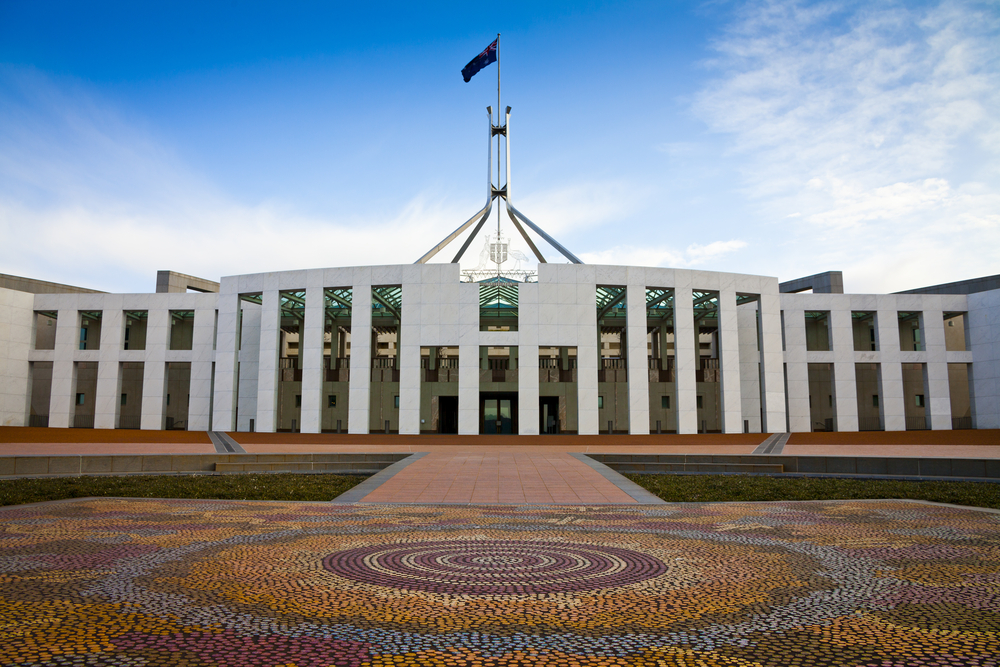The following text is a lightly edited version of the wonderful, heartfelt speech given by Dame Quentin Bryce at the launch of the Susan Ryan AO sculpture in the Old Parliament House Senate Rose Gardens on Thursday, August 1, 2024. The sculpture is titled: titled ‘Senator Ryan Addresses the Rally.’
Susan was the first female Senator for the ACT and a women’s rights trailblazer. The unveiling of the sculpture – created by artist Lis Johnson – occurred on the 40th anniversary of The Sex Discrimination Act. Susan was a key figure in the Act’s passage in 1984. Quentin’s speech is posted with full permission.
Ladies and gentlemen, good morning. I pay my respect to the traditional keepers, and I acknowledge the debt of gratitude that I owe to wise Indigenous women who’ve taught me across my life what it means to be an elder; sharing language, country, culture.
Loved – and loving – family, distinguished guests all, Tara Cheyne, Member of the Legislative Assembly, Minister for the Arts, Culture and Creative Economy, Minister for City Services, Minister for Government Service and Regulatory Reform, Minister for Human Rights, dux and head girl of Rockhampton Girls Grammar School 20 years ago, when I presented her with a huge stack of trophies that she handled with the dexterity and skill that she does now, an incredible range of government portfolios. Susan would be so proud of her!
My friends, how thrilled and delighted I am to celebrate the unveiling of this magnificent work of art. They always start off at an unveiling such a funny shape, don’t they? (Editor’s note: At this stage of proceedings the sculpture was wrapped in a large cloth and tied up with a ribbon.)
But it was commissioned by the ACT government to recognize the contribution to our community, to our country, of the honorable Susan Ryan AO. What a splendidly appropriate accolade for a truly great Australian!
The art and beauty of sculpture! Susan would love this occasion. Oh, how much it would mean to her. This place, our parliament, the heart of our democracy, this much-loved rose garden where she played with her little ones, where she came to reflect, for moments of respite, for quietness, for calm, for going inside herself.

Dame Quentin Bryce speaking at the launch of the Susan Ryan sculpture, created by artist Lis Johnson. Picture: Michael Jackson-Rand
This glorious day, the 1st of August 2024, the 40th anniversary of the Sex Discrimination Act – her proudest reforms. Dear, dear friends – many of us indulging in affectionate nostalgia, admiration, respect, happiness, and our young women, for whom she held the highest hopes and to whom she tended, wise, thoughtful advice – yes, she would be pleased with this recognition, something she never sought.
Recognition was something Susan never sought, not an iota of self-interest; not for her celebrity or ego. Indeed, she described herself as restrained, prudish – a person for whom the inner life was a private one. Only in her later years did she speak of the tough gullies.
Across her years of service, selflessness, and accomplishment, Susan translated altruism and ambition into action to make the world a better place through a reformist agenda, policy, legislation, persuasion, reform demands, courage, intellectual rigour, perseverance, endurance, and faith.
What was it that set her aside? I’m always drawn to the early years by how deeply we are shaped by where we grow up. Susan called Sydney “the city of her heart’s desire.” She was born there in the darkest year of the war. In her autobiography is a very dear photo of her dad, Captain Arthur Francis Aloysius Ryan, holding her in his arms on leave from service in New Guinea. How she loved him.
Florence, her mother, the disciplinarian, ran the household, but with the Brigidine sisters in Maroubra, for 12 influential years, Susan was exposed to an ethos of social justice. Character mattered to the nuns. A girl of strong character stood up straight, spoke clearly, firmly, and looked you straight in the eye – and Susan did.
In Grade Two, aged eight, Mother Liguori told her, “Susan Ryan, you are not merely bold as brass – you are brass personified!”
Susan, like so many of our generation, was the first from her family and her school to go to university. Her teachers’ college scholarship paid fees and a good living allowance. She never forgot the power of university entry policy based on merit; the inspiration for her fiery defense in cabinet of the no fee policy in 1985.
Sydney Uni was where real life started for her; those halcyon days of sages and would-be-novelists; English, history, philosophy, exploring ideas, stretching intellect, opening doors to the culture that defines us as a nation.
Susan and Richard Butler married at 20 and Justine was born in April 1954 – Susan completely engrossed in the exquisite creature. Early motherhood gave her a defining self-assurance that helped her take on big issues later.
Richard joined External Affairs – a posting to Vienna – Benedict was born there soon after.
Susan said that her role as a young, conscientious wife and mother attracted more social approval than any other she held subsequently. Those years were lessons for her in politics and government and a firm commitment to democratic socialism. Ever since her most heartfelt advice to any leader, political party reform movement, to any man or woman diving into politics, was to test their actions against the touchstone of democracy.
Next post – New York! Every woman she met was on fire with enthusiasm for the social revolution sweeping the world; the women’s movement – feminism. She seized upon The Female Eunuch, the seminal work of her friend, Germaine Greer. Her engagement with feminist issues had begun.
In 1971 she came home to Australia with her children: pain, guilt, loneliness, all held close. Canberra? Right place, right time, a transition to a new world.
The heady days of 1972! The beginning of WEL, the Women’s Electoral Lobby – famous for their interrogation of every candidate for the coming election. Oh, the strength of it, the faith of it, the imagination of it!
On a summer’s afternoon in 1973, several hundred women met in Canberra on the lake’s edge; Australia’s political feminists, exotic new creatures in the electoral landscape. Over the weekend, the meeting became fractious. Edna Ryan quietly instructed Susan to take the chair and “get some sense into them”, and she did. The session ended on a high note, a turning point for her.
“I decided then,” she said, “I would get right inside the political action.”
She threw herself into this – WEL, the ALP lectures at ANU, her job at ACSO [Australian Community Support Organisation], her masters degree …
When Mr. Whitlam called a double dissolution, she ran for pre-selection for Fraser, the new House of Representatives seat in the ACT. Feminist pals gathered to campaign. Susan came in third. Her reputation and influence flourished.
The next year, she ran for the ACT Senate. She won, but Labor lost in a landslide. As ever, in dramatic downturn, she told herself, “I got into this, so I just have to deal with it.”
Stoicism in spades!
In 1977, Susan backed Hayden against Whitlam. She went into shadow cabinet and on to every speaking list, providing powerful advocacy on the poor representation of women in parliament and everywhere else where power resides and decisions are made.
I well remember my first meeting with her when I was appointed to the National Women’s Advisory Council, set up by the Fraser Government in August 1978. Already, she carried an air of authority, a commanding presence that became more so. Tall, slight, green eyes, chestnut hair, Irish face – little could I have known that across the years we would form a friendship formed in common purpose and founded in trust that would enrich my life in myriad ways.
As Shadow Minister for Women, Susan established a Women’s Policy Committee and embarked on preparation for what would become her grand reform, the Commonwealth sex discrimination legislation. The historical significance of Susan’s entry in 1983 as the first woman ever in a Labor cabinet, escaped just about everybody.
But her appointment as Minister Assisting the Prime Minister for the Status of Women did not. The office had clout, a minister impatient to get on with a feminist agenda developed by women’s groups across decades, and Anne Summers, its chief. The Sex Discrimination Act was top of the list – “The Ryan juggernaut” it was called. I can never resist repeating that mad term. (I bet you remember who created it, too, and a lot of other things as well.)

Dame Quentin Bryce (left) sits with Dr Anne Summers (right) at the base of the Susan Ryan sculpture, created by artist Lis Johnson. Picture: Michael Jackson-Rand
I don’t know whether to laugh or cry when I look back on the claims made about what the Act would do to society. Some hilarious, actually loony, but others vicious and abusive. It seems unbelievable the hostile opposition to a law that simply required that women wouldn’t be sacked; refused education, loans, or leases, because they were female, pregnant, married or unmarried; and that they would be protected from sexual harassment. Australia was the first jurisdiction in the world to take the measure.
Debate raged on and on, compromises were made. The Bill passed with more than 50 exemptions. Some feminists and lawyers criticized it, and the Minister, for conceding way too much to secure its passage.
“An imperfect law is worse than no law,” they opined.
Susan took the pragmatic view that it was preferable to get legislation in place and work overtime to remove exemptions.
“Parliament must ‘seize the day’, use its powers and deliver what it can of value to the people,” she said.
“Where reform is urgently needed, it is not an acceptable strategy to wait for complete consensus, or to defer a Bill until its drafting is beyond any criticism. Such pursuit of the perfect,” she said, “constitutes the failure of representative democracy.”
She was right. As soon as the Act was passed, work began towards withdrawing Australia’s reservations to the Convention [on the Elimination of All Forms of Discrimination against Women – CEDAW] and to limiting and removing exemptions. Reviews, inquiries, strong leadership, built step-by-step on the firm foundations of Susan’s SDA [Sex Discrimination Act] and the sister Affirmative Action Act.
Again and again across my life, I have learnt that reform must never be taken for granted. It must continue to be implemented, administered, reviewed, and celebrated – with rigour.
My friend, Susan Ryan, changed Australia. Dr Summers has written from the heart about the battles Susan endured, her fighting capacity, how often the odds were against her, (including from her own Cabinet colleagues). There on her own, around the table – alone.
Susan used to say, “If only they knew, criticism stirred me on.”
I believe it was commitment and commitment and commitment.
In March 1985 she spent long hours embattled before the ERC [Expenditure Review Committee] to keep university education free. Each session was more combative. The last, the most grueling.
She said, “I’d worn out my welcome and become an obstacle to the grand plan of fee-funded universities, rather than the foot-soldier they used to admire.”
Her belief in herself, her belief in what she was doing, kept her going.
In 1988, she resigned from Parliament – her Sydney pals, glad to have her back for the lovely things in life: the bread and the roses, music, art, parties, theatre. She loved the arts. I recall with affection, precious time scattered around the piano in her family circle, singing those sentimental songs – I know every word – about Galway Bay, Taking Kathleen Home Again, When Irish Eyes are Smiling …
Wendy McCarthy decided we should take up yoga so, off we went to early Saturday classes, Kings Cross, Lindsay Connors [a member of the former Commonwealth Schools Commission and Deputy Chair of the Board of the ABC]. Then, café conversations that lingered until lunchtime – about books we were reading, the writing. we were doing, the wild ideas we had, the brainstorming we needed, our travel plans; reassurance, togetherness.
And next, the inspired appointment of Susan as Age Discrimination Commissioner – her forté, promoting and protecting the human rights of vulnerable people.
As you get older, you don’t have more time, as some assume, you have less. So, you keep it for the most important things. You distill those things that really matter. You think about things more deeply, love more deeply, feel more deeply – art, poetry (especially Edna O’Brien’s), scarlet roses, soft evening shadows, beauty that reaches into heart and mind and into every emotion.
As I contemplate this tribute to Susan, this beautiful sculpture cast in bronze, I can feel the vitality, the energy, the spirit; those qualities, that temperament – impatient, passionate, pragmatic – that made her our heroine.
I want to congratulate all involved in this brilliant, creative remembrance that will ensure that Susan’s legacy endures; a legacy that signifies the finest human values of courage and kindness and the solidarity of sisterhood.

From left: Dame Quentin Bryce, artist Lis Johnson, Susan’s daughter Justine Butler, Tara Cheyne MLA, ACT minister for the Arts. Picture: Michael Jackson-Rand
- Picture at top: Lis Johnson’s sculpture is titled ‘Senator Ryan Addresses the Rally’. Picture: Michael Jackson-Rand
The post Susan Ryan: The solidarity of sisterhood appeared first on BroadAgenda.
This post was originally published on BroadAgenda.































